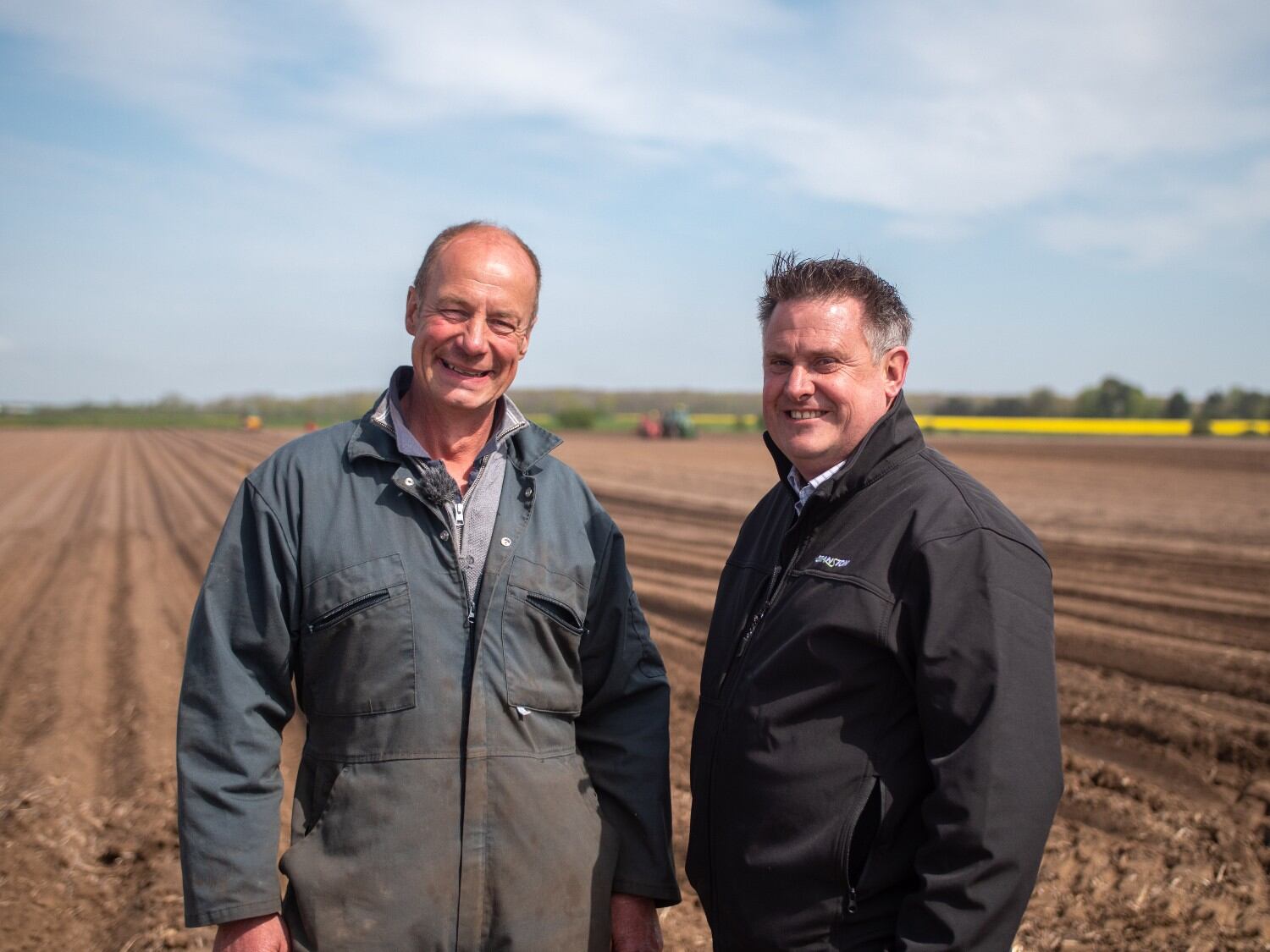Over the past century, the food and beverage sector has produced sufficient food to sustain population growth, while reducing its real price to improve affordability and help reduce world hunger. The result is a global food system valued at around $8 trillion, or 10% of the global economy.
Going forward, the sector faces a significant challenge; to grow sustainably so that it can provide food and drink for a population that is forecast to reach more than 10 billion by the end of the century. Achieving sustainable growth will require fundamental changes that address land degradation, biodiversity loss, changing consumer preferences and, not least, greenhouse gas (GHG) emissions.
Food production is already responsible for 30% of global energy consumption and over a third of global GHG emissions today – figures that are predicted to increase dramatically by 2030 as populations grow and climate changes impact the supply chain.
Food production and energy consumption are intrinsically linked. The entire supply chain depends on having access to reliable – and increasingly low carbon – sources of energy. With rising volatility in world energy markets, growing pressure to decarbonise and questions over security of supply, the imperative to reduce energy use and seek more sustainable sources has taken on new urgency.
It is more important than ever that large energy users deploy holistic energy strategies and work to reduce their energy use and emissions, as well as engaging with the grid and seeking low carbon, sustainable energy sources.
Understanding energy use and emissions reporting
Emissions reporting is becoming increasingly important, whether for compliance reasons or as part of a broader Environmental Social and Governance (ESG) initiative. Of the top 100 global F&B companies, about half have measured, disclosed and set goals for their scope 3 emissions, which on average account for 88% of a company’s emissions across the entire value chain.
Scope 3 emissions are those which a company does not control or own, but which indirectly impacts its value chain. For example, when a consumer buys, uses or disposes of a product.
Six steps to reducing global food emissions by 60%. Read more...
Accurately measuring energy usage and reporting emissions is an increasingly complex task, especially for businesses that operate globally within extensive supply chains. Utility bill management (UBM) systems provide a detailed picture of utility expenses allowing bill checking, comparisons across sites based on number of staff, operating hours and facility size, as well as identifying opportunities to reduce energy consumption and reduce emissions. UBM data presents an effective baseline for further efficiency measures and data to facilitate supply chain disclosures for upstream and downstream partners.
Engaging with the grid – asset flexibility
Demand side response (DSR) is the mechanism typically used to deliver flexibility to grid operators at times of grid stress – when there is an imbalance between supply and demand. Businesses can deploy strategies that suit individual operational requirements, e.g. change heating or cooling temperatures, switch off machinery, or shift to backup systems such as onsite generation or battery assets to support grid stability – typically for only a handful of hours each year.
In return, participants in DSR programmes benefit from an additional revenue stream of up to £30,000 per MW (megawatt) per year over the next four years. They also reduce carbon emissions and improve business resilience through regular testing of backup systems.
DSR programmes help to prevent local and regional power outages and are also an important tool to facilitate the integration of higher levels of renewable generation on the system without increasing costs to consumers. Renewable generation by its nature is intermittent, fluctuating with weather conditions, which makes it harder for grid operators to keep supply and demand in balance.
With the cooperation of large energy users participating on the demand side, grid operators can manage fluctuations without the need to call on conventional fossil-fuel generators to increase output or pay for renewable generators to reduce their output.
Virtual power plants
A virtual power plant (VPP) is another great opportunity and a potential way for the food and drink sector to save on energy costs.
Essentially, it’s a platform that consolidates and coordinates a range of distributed energy resources (DER), including equipment, infrastructure, storage assets, backup generators and so on. The VPP enables aggregation of a host of smaller assets to provide a larger asset with electricity, equivalent to what might be available from a large power generator – but without having to construct the physical asset.
There is a host of equipment that businesses have invested in right across the F&B value chain, which can be utilised in a VPP. For a food processor with cold storage, for example, those assets could include chillers, compressors and any DER that has flexible attributes, which can be harnessed to deliver value to the grid. In agriculture, water pumps can be used. Grocery stores typically have HVAC systems and refrigeration that have thermal mass and are ideal for flexing.
Planning for energy flexibility
Businesses are increasingly informing their investment in new assets not just on how the asset will fulfil its operational role, but also based on how it might be used as part of a VPP. In other words, flexibility becomes part of the business case for the new equipment.
For example, a flour milling company is looking to develop a new site. They are familiar with the concepts of flexibility and are prepared to change the operating model of that site to deliver real cost advantage. By using energy market signals as one of the key drivers for the design of the site, and by investing in control and automation, they can shift their energy demand to reduce costs and generate revenue by participating in the flexibility market. And this can be done without compromising production schedules.

In another scenario, a business operating a cold storage facility could choose to specify higher capacity chillers and compressors, improved temperature control, regulation and insulation. Investing in these incremental features improves the tolerance for more strategic energy consumption and increases the dispatchable capacity. These measures give the business more versatility to generate additional revenue while improving the stability of the grid.
Procuring low-carbon energy
Measures that improve efficiency and optimise energy demand using flexibility can only go so far; the next step is to look at sourcing green electricity for power.
Good procurement of renewable contracts is a complex issue and can dramatically reduce emissions. A typical requirement is to make a long-term power purchase agreement (PPA) with an energy company that can guarantee to deliver a supply of clean electricity sufficient to meet an organisation’s changing needs. PPAs guarantee supply, signify a long-term commitment to the zero-carbon agenda and help to reliably predict future energy costs.
Use the experts
As large energy consumers and one of the fastest growing users of power, the F&B sector has the potential to make a tremendous impact on grid innovation and sustainability. Given the F&B and power industries’ interdependence, the evolution of grid flexibility services and the rise of renewable energy, there has never been a better time for food and drink businesses to demonstrate support for the low carbon agenda and become even better grid citizens.
For most food and beverage businesses, sustainable energy is not a core business competence. Implementing a comprehensive energy strategy takes knowledge and expertise and a current understanding of energy markets and the ability to navigate regulatory and compliance issues. Engaging third-party experts to help plan and implement a holistic energy strategy will help to achieve the best outcomes.




